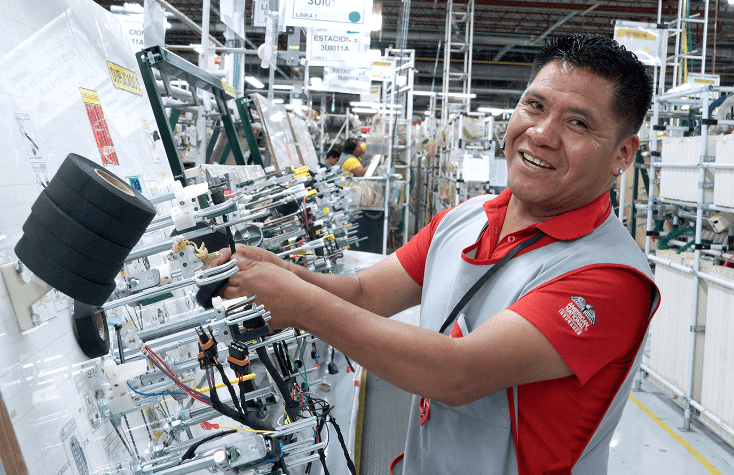The United States wants more Mexican content in Mexico‘s exports, said Raquel Buenrostro, Mexico’s Secretary of Economy.
She said that Mexico has been successful in increasing its foreign sales of finished products.
National content in Mexico’s foreign sales
But she noted that Mexico has not taken advantage of its potential to increase the value of domestic content in its exports.
“It is in the United States’ interest to have more Mexican content in our exports. It is something it lets us know in binational conversations,” Buenrostro said in an interview published Monday by El Economista.
Considering the last two decades, according to Inegi data, the share of domestic content of global exports in global manufacturing production went from a high of 44.1% in 2015 to 40.8% in 2022, the latest data available from Inegi.
Mexican content in Mexican exports
Here is the trend of that indicator, called Global Manufacturing Export Value Added (GMAV):
- 2015: 44.1
- 2016: 42.3
- 2017: 40.6
- 2018: 40.8
- 2019: 40.8
- 2020: 40.3
- 2021: 40.8
- 2022: 40.8
Incentives
The Ministry of Economy has promoted the development of value chains with domestic content in the electrical and electronics, semiconductor, automotive, electromobility, medical devices and agribusiness sectors.
The bottom line: Buenrostro stressed that Mexico needs to increase incentives to drive the increase of more domestic content in exports of products and services.
Mexico faces a historic opportunity. This situation arises due to the trade war between the United States and China, as well as the relocation trend, known as nearshoring.
Therefore, it is crucial for the country to incorporate more value added in its exports.
Mexico’s current administration has communicated plans to substitute the production of certain inputs and components that are currently imported.
In general, manufacturing industries play a vital role. They are major generators of employment. They also provide social stability in the communities where they operate.
On the other hand, they act as points of coexistence and provide opportunities for professional development. They generate indirect employment and foreign exchange. And they provide fiscal resources and contribute to the availability of health services in society.

